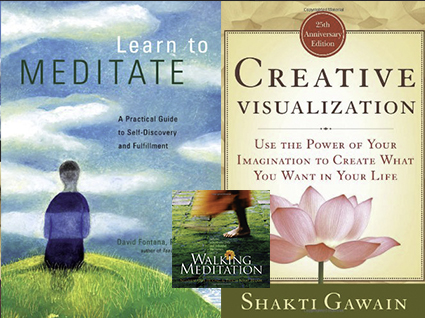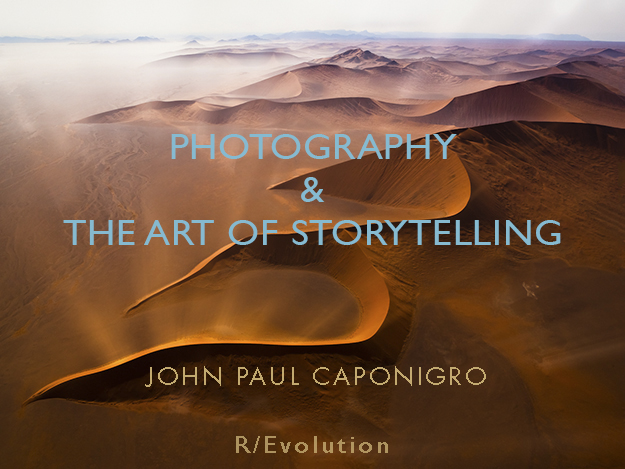Headspace – Treat Your Head Right
Headspace is meditation made simple. Using their app and online techniques they make it easy-to-learn, fun-to-do, and relevant to your everyday life. (It got my 13 year old son to start his own meditation practice!)
See what 10 minutes a day can do for you today.
Try Headspace now!
Learn more about Meditation here.
All It Takes Is 10 Mindful Minutes – Andy Puddicombe – TED
“When is the last time you did absolutely nothing for 10 whole minutes? Not texting, talking or even thinking? Mindfulness expert Andy Puddicombe describes the transformative power of doing just that: Refreshing your mind for 10 minutes a day, simply by being mindful and experiencing the present.”
Take 10 today with Andy Puddicombe’s delightful App and website – Headspace.
Learn more about Meditation here.
Find Recommended Reading on Meditation here.
Deepak Chopra’s Top 8 Meditation Tips
“Is there a best time of day to meditate? How much time do you need to meditate each day? Watch as Deepak Chopra answers your most burning meditation FAQs.”
Read more on Meditation here.
Find recommended books on Meditation here.
12 Great Books On Meditating

Looking for great books on Meditation?
Browse this collection of my favorites.
This collection features accessible, easy-to-understand, and easy to practice resources from a variety of authorities practicing in different traditions.
Learn more about Meditation here.
Find more great books here.
How Meditation Can Reshape Our Brains – Sara Lazar at TEDxCambridge
“Neuroscientist Sara Lazar’s amazing brain scans show meditation can actually change the size of key regions of our brain, improving our memory and making us more empathetic, compassionate, and resilient under stress.”
Read more on Meditation here.
Find recommended books on Meditation here.
All It Takes Is 10 Mindful Minutes – Andy Puddicombe
Mindfulness expert Andy Puddicombe describes the transformative power of refreshing your mind for 10 minutes a day, simply by being mindful and experiencing the present moment.
Read more on meditation here.
Find recommended reading on meditation here.
Increase Your Awareness Of Your Emotions Through Meditation

For most of us, when it comes to emotions, our thinking is often unclear. Most of us enjoy positive emotions, often looking to things outside rather than inside of us to produce them more frequently and intensely. Most of us dislike negative emotions, denying or repressing them so quickly we make little time to truly understand how they were produced, what we can learn from them, and how to encourage different responses, ones of our own choosing. Because of the volatile nature of emotions, at one time or another and sometimes habitually, many of us repress emotions in an effort to avoid conflict and maintain control. Unsure of where they come from or how they were produced we simply react to our emotions, thinking that they are natural, thus inevitable, or that something outside us produces them, thus we are not responsible for them. Even though our emotions can be highly subjective and individual we think of them as universally justified and even though they often change quickly we think of our habitual reactions to them as unchangeable.
In reality, we’re responsible for our emotions. They’re our reactions. When we find that we tend to react to certain things in predictable ways we may become more interested in learning more about our emotions. When we find that we can choose our reactions we may become more interested in developing our emotions.
Awareness is the first step to developing your emotions. Becoming more conscious of our emotions helps us to understand them better, to be less controlled by them, to choose our responses to them, and even to work with them to reduce, intensify, or even change them. In time, you may even find you respond to other people’s emotions differently.
Simply observe your emotions – and everything that surrounds them.
If you find it challenging to focus on a specific emotion, try bringing to mind an event that evokes it for you.
Don’t judge or attempt to change your emotions – or yourself.
What words would you use to describe an emotion?
Are your emotional reactions linked to specific events in your life or ideas you hold?
Identify the physical sensations in your body that accompany an emotion for you.
Over time, does an emotion stay the same or change in intensity or quality for you?
Do you stay with or return to one emotion more frequently than others?
Do your emotions follow any predictable patterns?
Let your emotions flow, allowing them to persist, change or fade without intervention.
Observe your emotions as if they are only one part of you. While you’re feeling an emotion, it may help to simply state “I am feeling …” which can help increase your awareness of both your active role in their existence and the transitory nature of your emotions.
Increase Your Awareness Of Your Body Through Meditation

Find out more about this image here.
Our bodies, the vessels that carry us through life, are miracles of engineering to be marveled at and provide us gateways to both our minds and our emotions. For much of our daily lives we are unconscious of our bodies. When we do become aware of our bodies, our awareness is usually highly selective, often focused only in the presence of heightened pleasure or pain, either physical or psychological. Body images, both self-imposed and inherited, often lead us to judge, either inflating or repressing our direct experiences of our bodies. Developing greater body awareness helps reduce these tendencies and increase our understanding of and appreciation for our bodies as a single harmonious system. Tune in to the miracle that is your body.
Try this meditation.
1 Observe the way you sit. What is your experience of your general posture? How are your spine, torso, neck, head, arms and legs positioned? How long can you sustain this before you feel the urge to change positions? What positions are you most comfortable holding for long periods of time? What positions are you uncomfortable holding?
2 Observe the way you stand. What is your experience of your general posture? What is the position of your spine, neck, head, torso, arms and legs? How is your body balanced? Do you find yourself continually making small adjustments to maintain balance? How long do you feel comfortable maintaining this posture before wanting to change it? How often do you want to change it?
3 Observe the way you walk. What is your experience of your general posture? What is the position of your spine, neck, head, torso, arms and legs? What is the sequence of motions your body routinely makes? How do you maintain balance through this range of motions? What rhythms do you naturally tend towards? How do these things change with increased speed or extended time? Apply this type of observation to any repetitive type of motion you tend to make, such as exercise, dance, or yoga.
4 Observe the way you respond with your body to external stimuli. What do you respond to with increased calm? What do you respond to with increased alertness? What do you respond to with increased tension? How many of these responses are you typically consciously aware of? Are any of your responses surprising to you?
Spend a little time in isolation observing your body with minimal outside distractions. Later, extend your practice to increasing body awareness with increased external stimuli. Try to make this kind of observation a habit. With practice, you’ll find that your awareness of your body will increase, with little or no need for mental direction, growing more frequent, durable, and more deeply felt.
Learn more about meditation with these resources.
Increase Your Awareness Of Your Mind Through Meditation
We assume that we know our own minds when in reality they’re much more complex and mysterious than we think. Consciousness is one of the great riddles of the universe for which there are surprisingly few answers, no comprehensive system, and not even a single definition. Yet we all use our minds every day. We’re so used to the continual train of thoughts in our minds, some of whose paths are individually chosen and some conventionally patterned, that they go unrecognized for what they are or even unnoticed. Through meditation, the constraints that we have learned to place on our minds can be loosened selectively. The boundaries between our conscious and subconscious minds can become more permeable and we can experience more than the surface of ourselves. We can learn to experience the full potential of our minds.
Simply observe your thoughts.
Don’t try to control (focus, direct, or change) your thoughts.
Don’t fixate on or avoid certain thoughts.
Don’t judge or criticize your thoughts.
Don’t judge or criticize yourself for having thoughts.
Simply observe your thoughts.
After meditation review your process. Were your thoughts familiar or surprising to you? Did your mind flow in conventional patterns (comparison, contrast, chain of events) or not? Did you favor certain subjects over others? Was the tendency to think certain thoughts reinforced by recent or reoccurring events? If you experienced memories of past events were they recent or long past? How does this meditation on thoughts compare to previous ones? How does increasing or decreasing the time you spend meditating change your experience? What did you learn about your mind?






